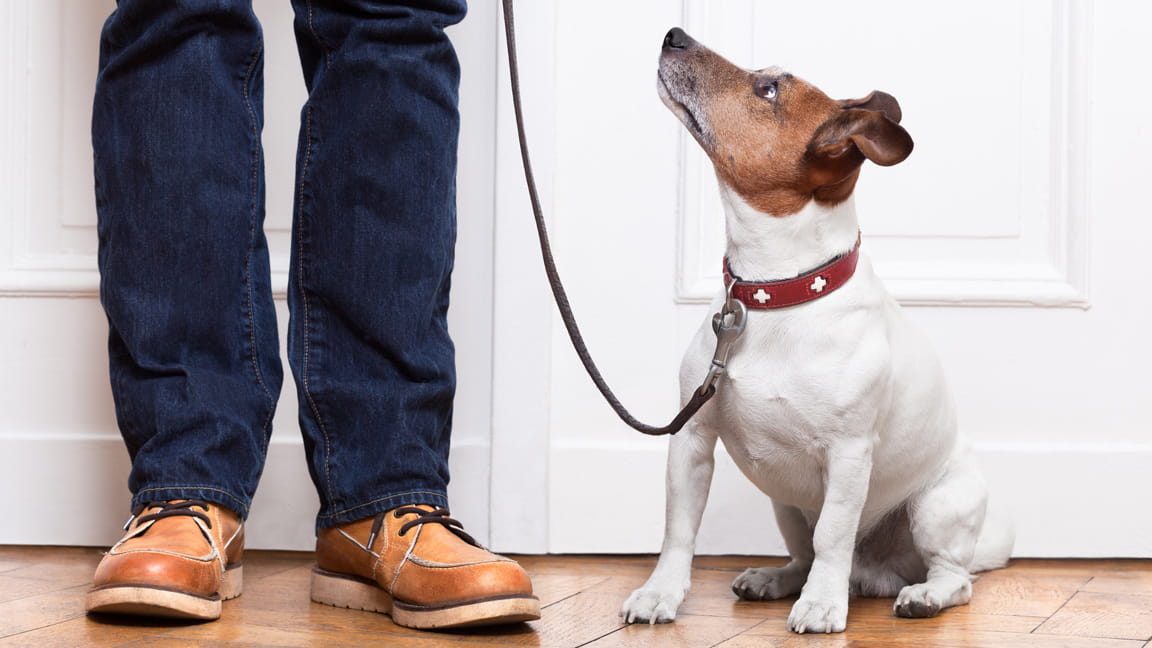what conditions do you need to change in order for the bread to become fluffier?

Old habits can be hard to break, and new habits difficult to make, but with these six basic steps you lot can develop new, good for you behaviors that stick.
Tin You Retrain Your Brain?
Mike wrote a list, and checked it twice. This time he was going to impale it:
- Make a healthy snack
- Become to the gym
- Don't waste time on cell phone
- Read a archetype novel
- Housetrain Rex
Twenty-four hours later, Mike munched celery sticks while reading The Great Gatsby, his legs sore, merely in a skilful style, after the hr on the treadmill while Male monarch waited patiently past the back door to get out …
Do you believe this? I didn't think so!
Here's what Mike was actually doing. Mike was on the couch, one hand in a bag of chips, the other on his cell telephone. The unopened gym bag and copy of Of Mice and Men lay on the floor, which King had soiled again.
That'due south more than plausible, correct? We all know habits don't modify overnight — not for simple doggies and not for big-brained human beings. But there's good news: research shows that simply like Male monarch can learn that he should get potty outside instead of on Mike's gym bag, you can rewire your encephalon to change your own habits.1 But we humans need a subtler approach than a few treats and "good boys" to alter our ways.
Here'south how Mike (and you) can better sympathize how habits form and how to supplant bad ones with good.
half-dozen Steps to Changing Habits
- Identify Cues.
Something has to trigger a habit, and a cue can be anything. Maybe stress makes you crave chocolate, or the audio of your alarm triggers you to hit the snooze button. Identifying cues helps you lot understand what puts your habits into move. - Disrupt.
In one case yous know the cues, y'all can throw bad habits off rails. If the alarm cues yous to fustigate the snooze button every forenoon, put the warning clock on the other side of the room. Trekking beyond the cold floor volition likely disrupt the snooze habit. - Replace.
Research shows that replacing a bad behavior with a good i is more effective than stopping the bad behavior lone.ii The new behavior "interferes" with the onetime habit and prevents your brain from going into autopilot. Deciding to eat fruit every time your mind thinks "cookie" substitutes a positive behavior for the negative habit. - Continue It Uncomplicated.
It's usually hard to alter a habit considering the behavior has become easy and automated. The opposite is truthful, too: new behaviors tin can be hard considering your brain'southward basal ganglia, (the "autopilot" part), hasn't taken over this beliefs even so.3 Simplifying new behaviors helps you integrate them into your autopilot routines. - Recall Long-Term.
Habits often form considering they satisfy short-term impulses, the style chewing on your nails might immediately at-home your fretfulness. But brusque-term desires often take long-term consequences, like nasty, splintered, chewed up fingers. Focusing long term while trying to change some habits volition help you call up why you're investing the effort. - Persist.
Research has shown that what y'all've done before is a strong indicator of what you'll practice next. This means established habits are difficult to pause. Just the skillful news is, if you go along at it, your new behaviors will turn into habits, too.four Persistence works — at first information technology might exist painful to become up at 5am for that jog, but shortly information technology volition be 2nd nature.
Allow'southward check back in with Mike. He gave it some other go with all these tips in mind. This time, he tossed the chips and replaced them with veggies; when his brain craved salty, fried potatoes, it constitute carrots instead. He promised himself that when he had the urge to kill some time on his cell phone, he'd disrupt the urge by picking up To Impale a Mockingbird instead (and if you lot look at his list, he'southward killed 2 birds with one stone).
Finally, Mike kept his gym pocketbook in the machine and so he couldn't forget it again — the first step toward forming a new fifteen-minutes-on-the-treadmill-during-lunch habit. (And don't worry most Rex — it turns out his potty problems weren't a bad habit at all, but a protestation to get attention from a neglectful owner who played on his phone besides much. This problem resolved itself.)
So, habits can be changed, and with a bit of time and some effort, healthy behaviors can become second nature. At present go on information technology, so you can be Healthy For Skilful!
Last Reviewed 1/2018
Sources:
1 Putting habit into practice, and do into habit: a process evaluation and exploration of the acceptability of a habit-based dietary behaviour change intervention, International Periodical of Behavioral Nutrition and Physical Activity, 2014 https://ijbnpa.biomedcentral.com/manufactures/10.1186/s12966-014-0135-7
2 Breaking Habits with Implementation Intentions: A Test of Underlying Processes, Personality and Social Psychology Bulletin, 2011 http://journals.sagepub.com/doi/abs/ten.1177/0146167211399102
3 The function of the basal ganglia in habit formation, Nature Reviews Neuroscience, 2006 http://www.im-clever.european union/documents/courses/computational-embodied-neuroscience-1/CEN/files/YinKnowlton2006RoleOfBasalGangliaInHabitFormation.pdf
4 Theoretical explanations for maintenance of behaviour change: a systematic review of behaviour theories, Health Psychology Review, 2016 http://www.tandfonline.com/doi/total/10.1080/17437199.2016.1151372
Source: https://www.heart.org/en/healthy-living/healthy-lifestyle/mental-health-and-wellbeing/how-to-break-bad-habits-and-change-behaviors
0 Response to "what conditions do you need to change in order for the bread to become fluffier?"
Post a Comment